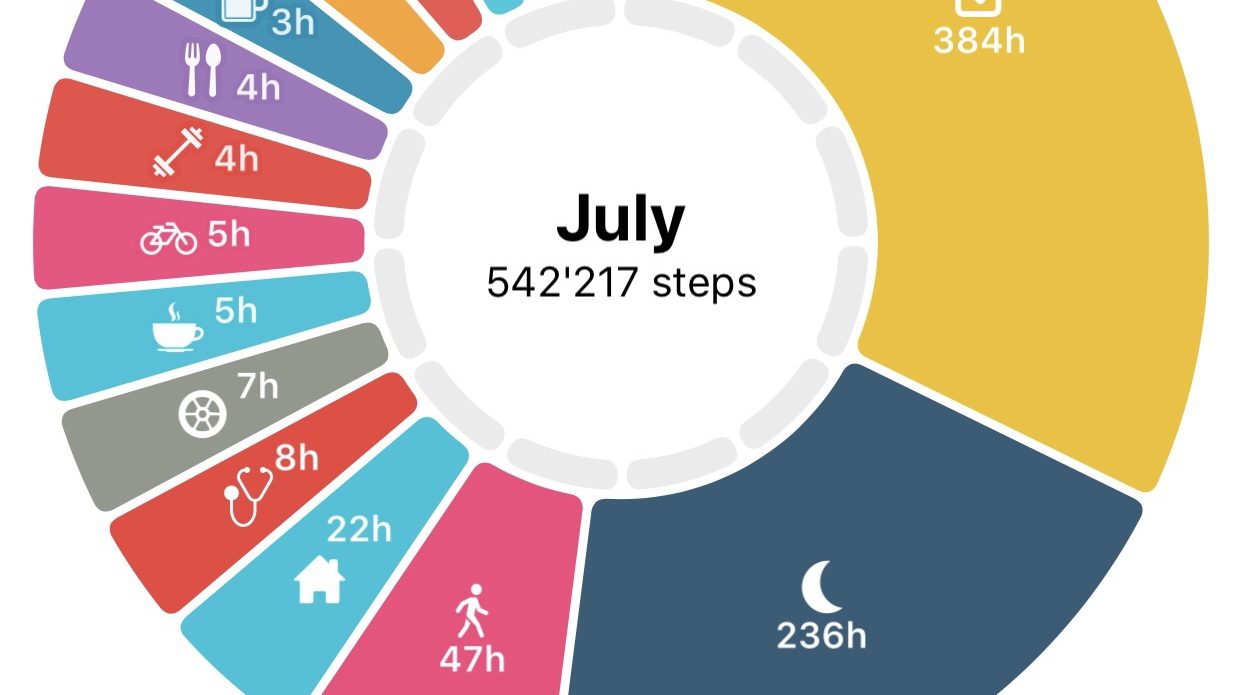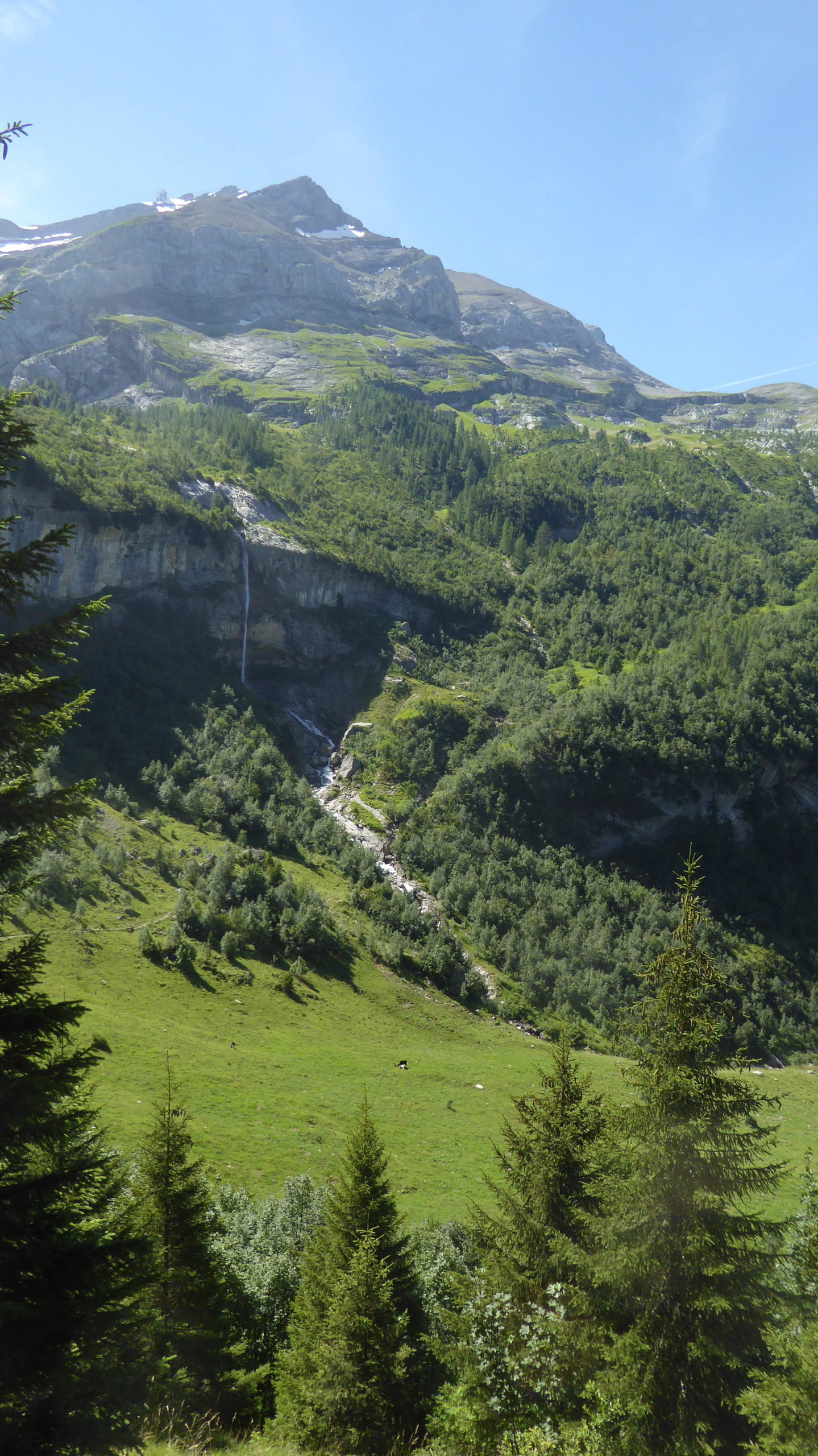Month: September 2019
-

The WeWatt Bike wait
Reading Time: 2 minutesToday I experienced the WeWatt bike wait again. The first time I experienced it was when flying from Alicante to Geneva and the second time is when I was waiting to meet someone for lunch today. The principle is very simple. If you see that a wewatt bike is free for you…
-

Half a Million Steps in July
Reading Time: 3 minutesIn July this year I took half a million steps as I was banned from driving. I’m using that phrase for comedic effect. As I had one arm in a sling driving was out of the question for a few weeks and then it was out of the question because my tendons…
